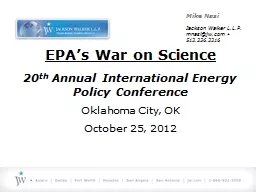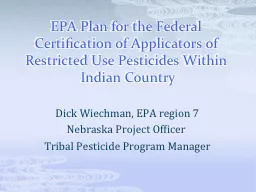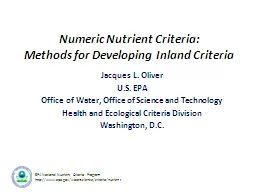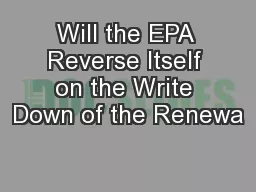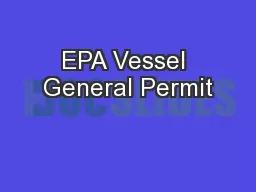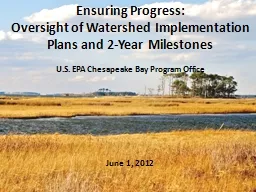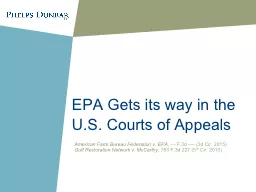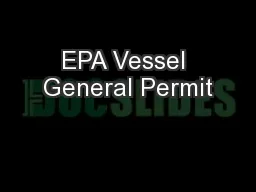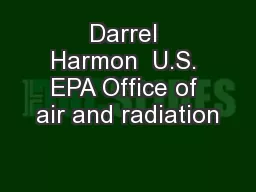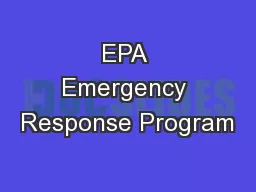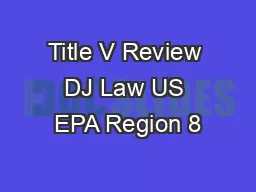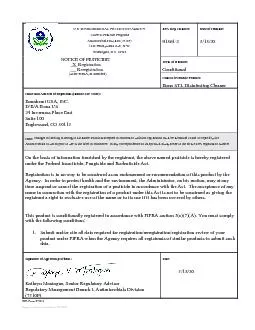PPT-EPA’s War on Science
Author : kittie-lecroy | Published Date : 2016-04-12
20 th Annual International Energy Policy Conference Oklahoma City OK October 25 2012 Mike Nasi Jackson Walker LLP mnasijwcom 5122362216 Our Nations Top Environmental
Presentation Embed Code
Download Presentation
Download Presentation The PPT/PDF document "EPA’s War on Science" is the property of its rightful owner. Permission is granted to download and print the materials on this website for personal, non-commercial use only, and to display it on your personal computer provided you do not modify the materials and that you retain all copyright notices contained in the materials. By downloading content from our website, you accept the terms of this agreement.
EPA’s War on Science: Transcript
Download Rules Of Document
"EPA’s War on Science"The content belongs to its owner. You may download and print it for personal use, without modification, and keep all copyright notices. By downloading, you agree to these terms.
Related Documents

